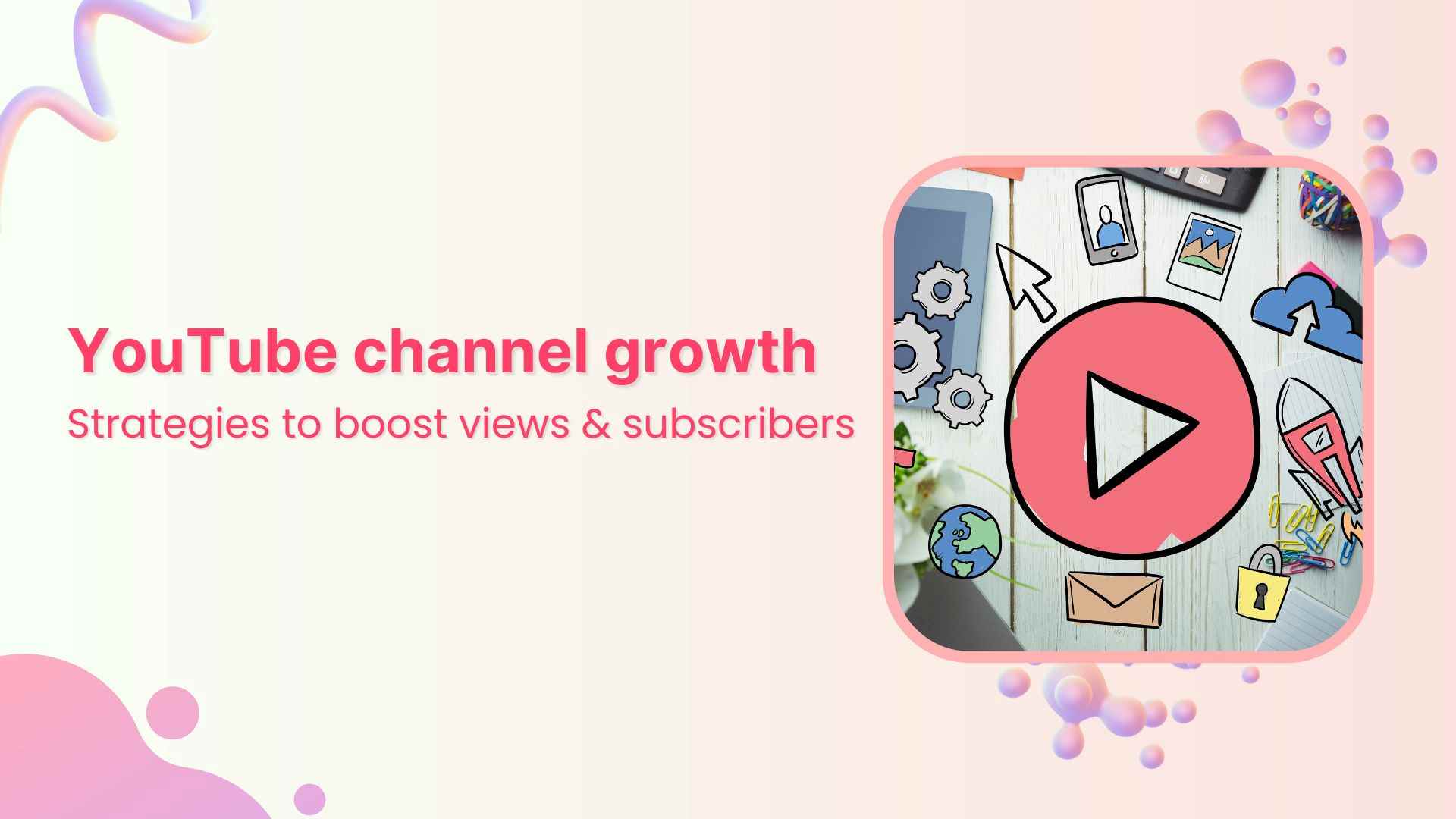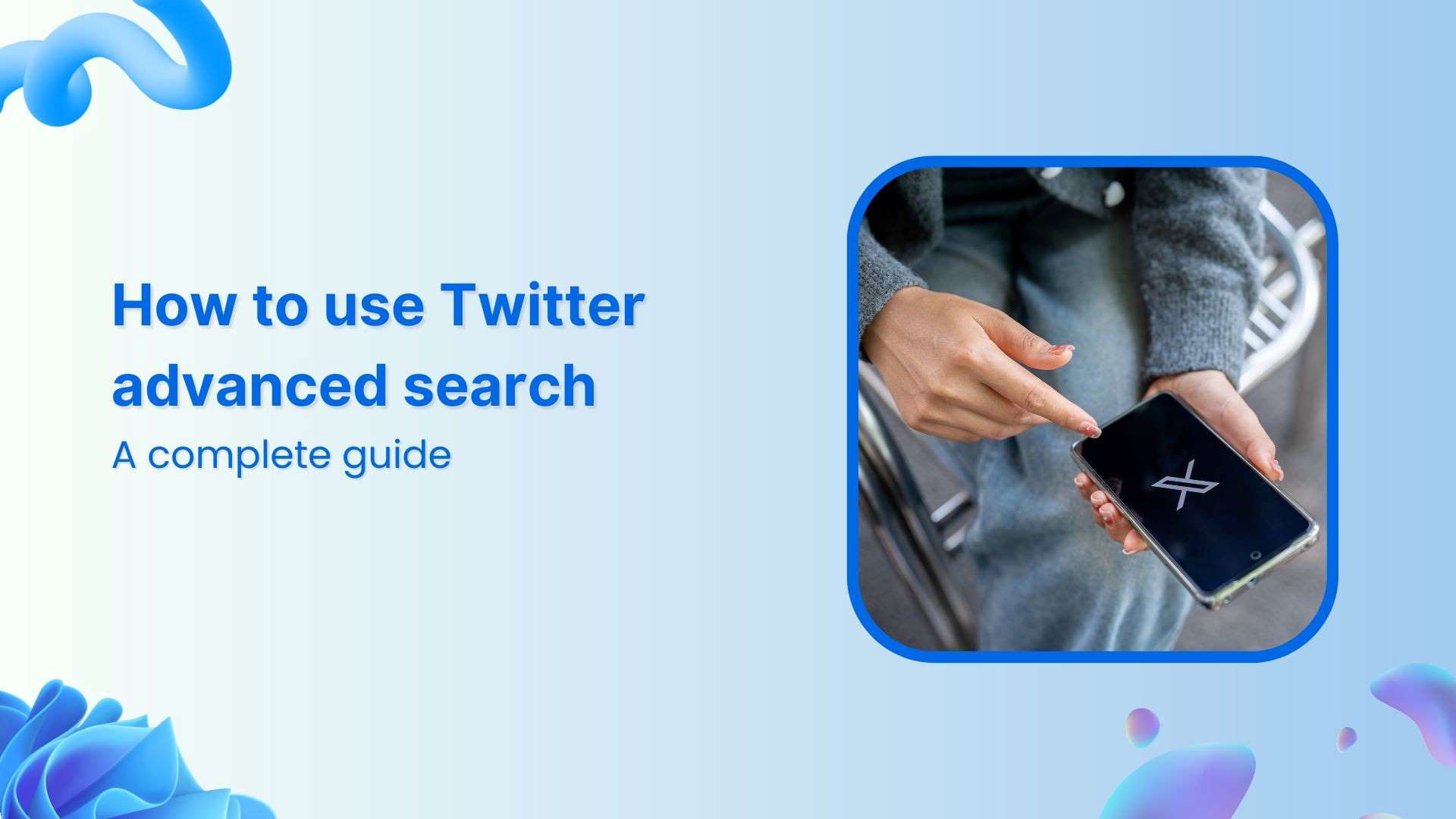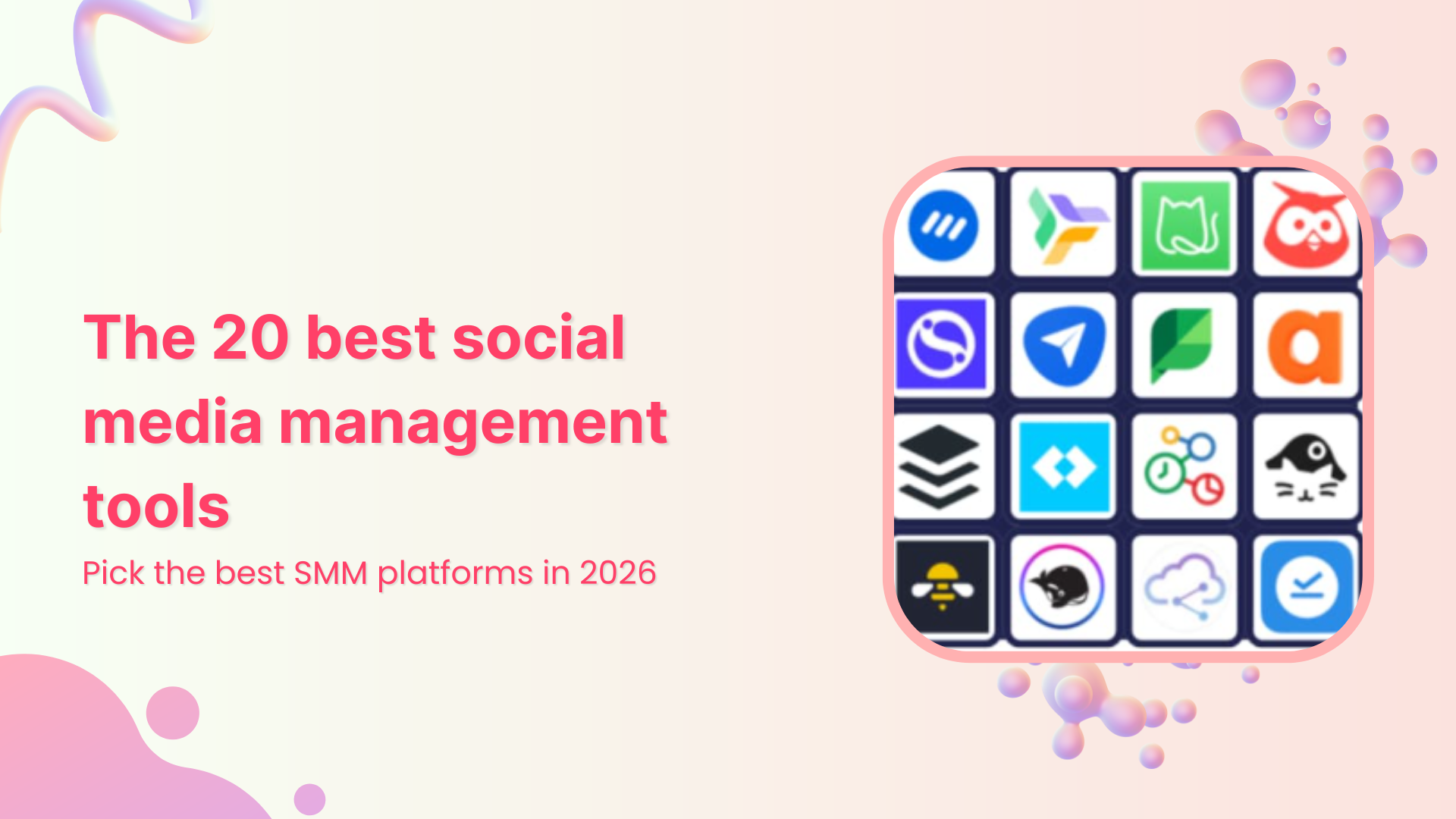Bulk-generate & schedule posts in seconds with Smart Scheduling. Try now!
Social media crisis: How to handle it as a content creator
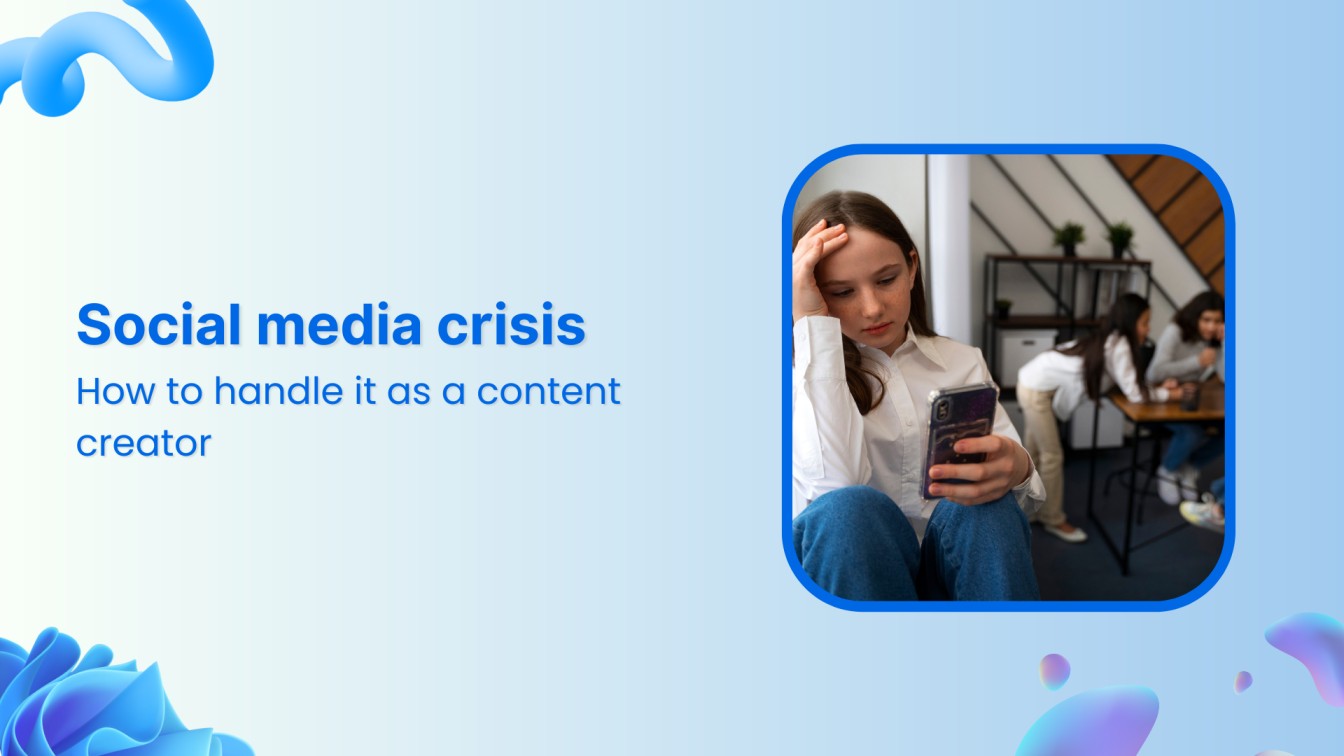
Social media giants like Facebook, Instagram, and Twitter (X) dominate the digital landscape, boasting billions of active users globally.
With Facebook alone amassing a staggering 2.9 billion monthly users, followed by Instagram with 2 billion, and Twitter with 421 million, the potential reach and impact of content creators are undeniable.
However, social media crises pose significant challenges besides this engagement and influence. These crises can range from PR nightmares to viral controversies, threatening a content creator’s reputation and livelihood.
This article will explore the nuanced dynamics and implications of social media crises.
Furthermore, we’ll provide actionable insights and strategies for content creators to effectively navigate and mitigate such challenges, safeguarding their online presence and brand integrity.
Social Media Content Calendar Stay consistent and organized with Contentstudio’s social media content calendar for marketers and agencies.
What is a social media crisis?
A social media crisis unfolds on social media platforms and has the potential to seriously damage a brand’s reputation. It’s more than just a few negative comments or a disgruntled customer. A social media crisis erupts when there’s a widespread negative reaction to something a brand does or says online. It’s not just a little problem; it can seriously hurt how people see the company and even how much money it makes.
Social media is super fast for talking to many people, but during a crisis, it can make things worse by spreading wrong info quickly or making the company look bad.
Take United Airlines in 2017, for example. A video of a passenger being kicked off a plane went viral, and people got super angry. United didn’t respond very well at first, which made things worse. The company lost money, its stock price dropped, and people didn’t trust it as much anymore.
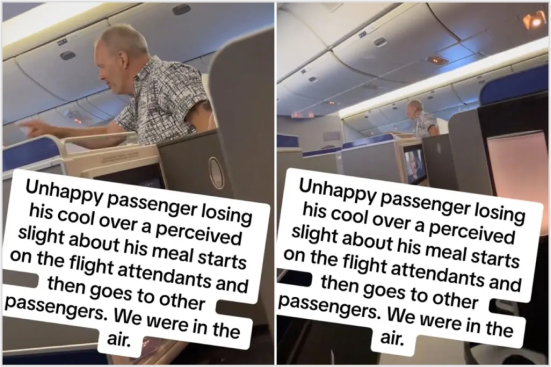
So, dealing with a social media crisis means moving quickly, showing that the company cares, and keeping everyone informed about what’s going on.
It’s also important to monitor social media constantly, prepare for problems before they happen, and have a crisis plan to fix them.
What is not a social media crisis?
Not everything that happens on social media is a crisis. Sometimes, there’s just a little hiccup that doesn’t cause a big problem for a company’s reputation.
Here’s what doesn’t count as a social media crisis, along with an example:
Negative comments:
Getting a few negative comments or reviews on social media doesn’t always mean there’s a crisis. People have different opinions, and it’s normal for some to be unhappy sometimes. As long as it’s not causing a big uproar or hurting the company’s image too much, it’s not a crisis.
A small restaurant gets bad reviews on Yelp, saying the food wasn’t great. While it’s not ideal, it doesn’t become a crisis because most people still love the restaurant, and the bad reviews don’t spread too far.

Minor errors:
Making a small mistake or typo in a social media post might be embarrassing, but it usually doesn’t lead to a full-blown crisis. As long as the company quickly corrects the error and apologizes if necessary, it’s unlikely to cause long-term damage.
Example: A clothing brand accidentally posts an image with the wrong price for a product on Instagram.
Once they realize the mistake, they quickly update the post with the correct information and apologize for any confusion. While it’s not ideal, it doesn’t escalate into a crisis because it’s an easily fixed minor mistake.
Low engagement:
Sometimes, a company’s social media posts might not get as many likes, shares, or comments as usual. While this is not ideal, it doesn’t necessarily mean a crisis is brewing. It could just be a slow day or a post that didn’t resonate with the audience as much.
For example, a tech company shares a new product announcement on Facebook but doesn’t get as much engagement as hoped. While they’re disappointed, they know it’s not a crisis because their other posts still perform well, and they’ll try again with a different approach next time.
Types of social media crises
Social media crises come in various forms, each presenting unique brand challenges. Understanding these types is crucial for effective social media crisis management.
Here are some common types:
Content crisis
A content crisis occurs when a brand posts something insensitive, offensive, or factually incorrect on social media. This can include inappropriate jokes, insensitive remarks, or inaccurate information that sparks backlash from the audience.
A fast-food chain accidentally tweets a joke perceived as offensive and culturally insensitive. The tweet goes viral, leading to backlash and calls for a public apology.
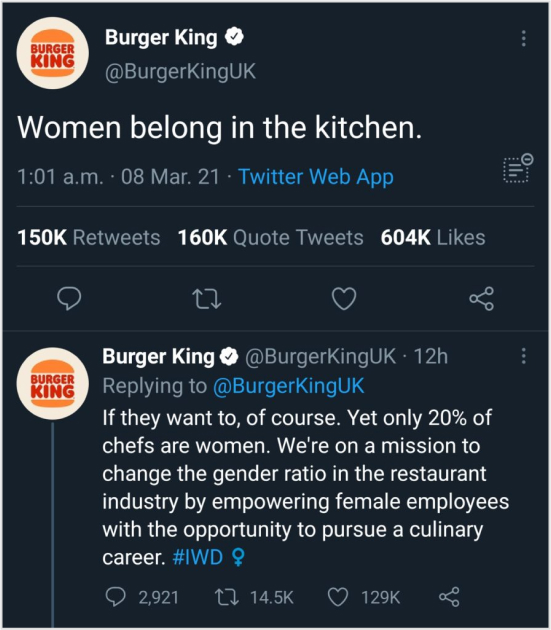
Customer service crisis
This crisis arises when a customer has a negative experience with a brand and shares it on social media. Whether it’s a delayed response to inquiries, poor handling of complaints, or rude interactions, negative customer service experiences can quickly escalate into a crisis if not addressed promptly.
An airline passenger tweets about rude behavior from a flight attendant during a flight delay. The tweet gains traction, and other passengers share similar experiences, damaging the airline’s reputation.

Security crisis
A security crisis occurs when a brand’s social media accounts are hacked, or customer data is compromised. This can lead to unauthorized posts, leaked sensitive information, or even identity theft, damaging trust and brand reputation.
A retail company’s Twitter account gets hacked, and offensive messages are posted. The brand quickly regains control but faces reputational damage.
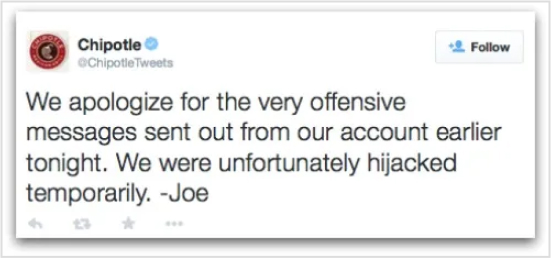
Multi-channel crisis
This crisis spreads across multiple social media platforms and other communication channels, significantly damaging brand reputation. It often involves coordinated attacks or widespread negative publicity that requires a comprehensive response strategy across various channels.
Plan, schedule, share, and analyze content for 15+ social media channels.
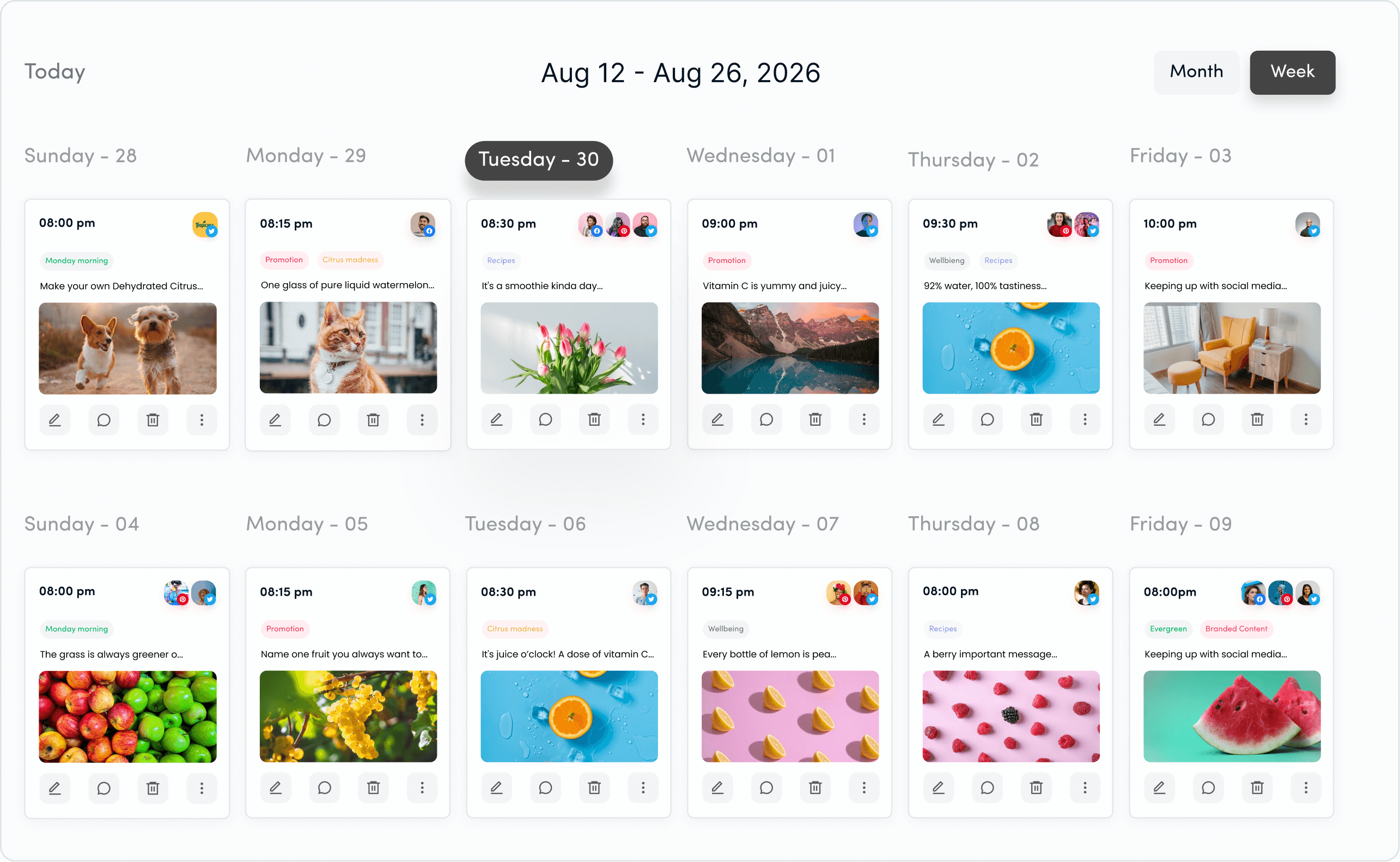
Emerging crisis
An emerging crisis has the potential to escalate if not handled swiftly. Brands can detect it by monitoring social interactions, such as a sudden increase in negative comments or the emergence of a controversial topic. Identifying and addressing these issues early can help prevent them from turning into a full-blown crisis.
Industry crisis
When negative publicity affects an entire industry, all brands may suffer reputational damage. Collaboration among industry stakeholders, proactive communication, and emphasizing industry-wide improvements can help mitigate the crisis’s impact and rebuild consumer trust.
A tech company faces backlash on Twitter, Instagram, and YouTube after a product malfunction causes injuries. The crisis requires coordinated responses across all channels.
Fake news crisis
False information on social media can undermine a brand’s identity and cause significant financial harm. Responding promptly with factual information, engaging with stakeholders to debunk misinformation, and implementing measures to prevent the future spread of fake news are essential to managing this crisis.
A beverage company faces a boycott due to a fake news story claiming its CEO made controversial remarks. The brand responds with accurate information to counter the rumor.
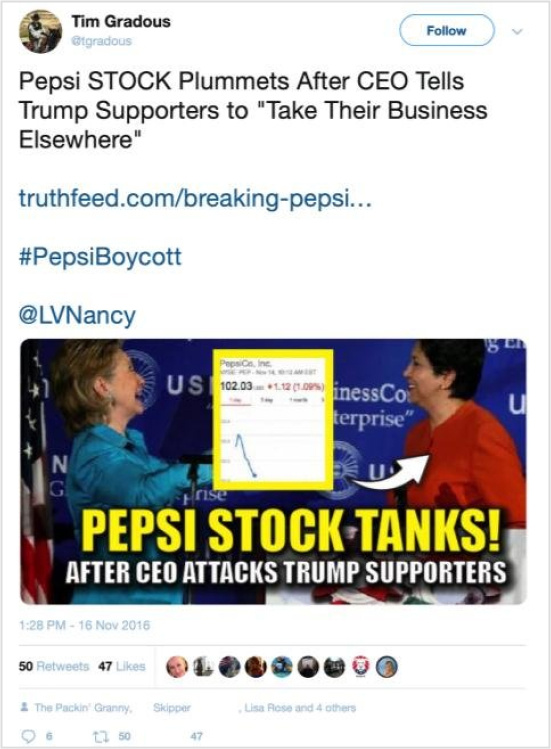
Steps to handle social media crises effectively as a content creator
As a content creator navigating the digital landscape, effectively managing social media crises is paramount to safeguarding your brand’s reputation. Here are actionable steps to handle such situations adeptly:
-
Develop a social media crisis plan
Create a detailed strategy outlining procedures for identifying, evaluating, and addressing social media crises swiftly and effectively.
Define clear crisis detection, escalation, and response protocols that encompass various scenarios and potential risks. Establish communication channels, roles, and responsibilities to ensure a coordinated and efficient social media crisis management process.
Related Read: How to create a social media crisis communication plan?

-
Establish a social media crisis management team
Formulate a dedicated social media crisis management team comprising cross-functional members with expertise in social media, public relations, and customer service.
Assign specific roles and responsibilities within the team to facilitate prompt decision-making and effective coordination during crises.
Foster open communication channels and establish protocols for team collaboration, ensuring readiness to respond to emergent social media crises.
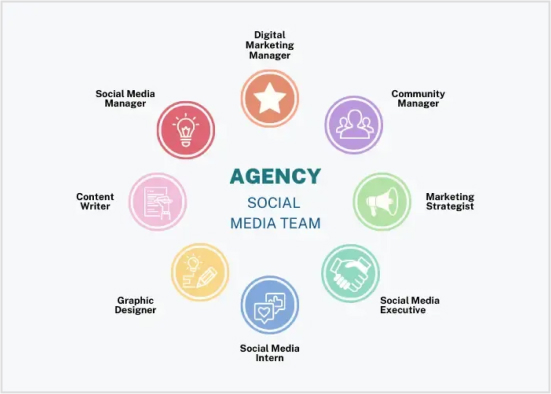
-
Monitor social media
Regularly track social media platforms to identify potential crises before they escalate. Monitor mentions, comments, and trends related to your brand, industry, and relevant keywords to stay informed and proactive in addressing emerging issues.
ContentStudio is a versatile social media crisis management platform designed to empower businesses to effectively navigate the complexities of online crises.
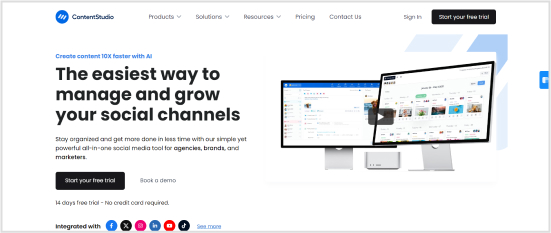
With its robust features and intuitive interface, ContentStudio equips brands with the tools to monitor, analyze, and respond promptly and strategically to social media crises.
Key features:
- Real-time crisis detection: ContentStudio offers real-time monitoring capabilities, allowing brands to track brand mentions, sentiment analysis, and emerging trends across social media platforms. This enables swift detection of potential crises, enabling proactive intervention.
- Comprehensive keyword tracking: Brands can monitor specific keywords, hashtags, and topics relevant to their industry, enabling them to stay informed about conversations and potential crisis triggers.
- Customizable alerts and notifications: ContentStudio enables users to set up customizable alerts and notifications for critical mentions and crisis indicators, ensuring they never miss a crucial conversation or emerging issue.
- Collaborative social media crisis management: With collaborative workspaces and task assignments, ContentStudio facilitates seamless communication and teamwork among crisis management teams, enabling them to coordinate effectively and respond to crises promptly.
- In-depth analytics and reporting: ContentStudio provides comprehensive analytics and reporting features, enabling brands to gain valuable insights into social media performance during crises. This allows for informed decision-making and continuous improvement of crisis response strategies.
Social Media Analytics Fine-tune your social media strategy for success with in-depth analytics and white-labeled reports.
-
Take a breath and assess the situation
Before jumping into action, take a moment to breathe and calmly evaluate the crisis. Assess its severity, scope, and potential impact on your brand. Gather all available information and insights to clearly understand the situation.
Consider the various stakeholders involved and the possible ramifications of different courses of action.
-
Develop a communication strategy
Craft a comprehensive plan outlining how to communicate effectively during the crisis. Define key messages, target audiences, and communication channels.
Consider the tone and timing of your communications to ensure they resonate with your audience and align with your brand values. Identify spokespeople or designated representatives responsible for delivering messages and coordinating responses.
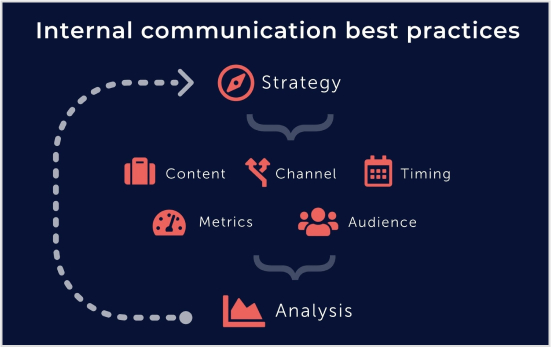
-
Respond quickly and transparently
Address the crisis promptly and openly to demonstrate accountability and reassure stakeholders. Provide timely updates as the situation develops, keeping all parties informed of any changes or developments.
Transparency builds trust and credibility, helping to mitigate further damage to your brand’s reputation.
-
Be authentic and empathetic
Show genuine concern and empathy towards those affected by the crisis. Communicate authentically, acknowledging any mistakes or shortcomings on your part.
Authenticity fosters trust and helps rebuild damaged relationships with your audience.

-
Don’t delete comments or block users
Resist the urge to censor negative feedback or dissenting opinions. Deleting comments or blocking users can be seen as evasive and may exacerbate the crisis.
Instead, address criticism openly and constructively, demonstrating a commitment to accountability and open dialogue.
-
Learn from the crisis
Conduct a thorough analysis of the crisis aftermath to identify lessons learned and areas for improvement. Reflect on the effectiveness of your crisis response strategy and identify any gaps or shortcomings.
Use this feedback to refine your crisis management protocols and strengthen your brand’s resilience to future crises.
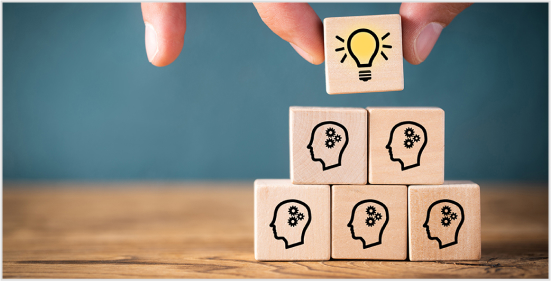
5 major social media crises and how they were handled
Navigating social media crises requires swift and strategic action to mitigate damage to a brand’s reputation.
Here are examples of five major social media crises and the approaches taken to address them:
Dove’s racially insensitive ad crisis (2017)
2017 Dove encountered a significant social media crisis due to a racially insensitive Facebook ad. The ad depicted a black woman removing her shirt to reveal a white woman, implying that using Dove’s body lotion could lighten skin color.
This portrayal sparked immediate outrage, with many condemning the ad for perpetuating racist stereotypes and promoting colorism.
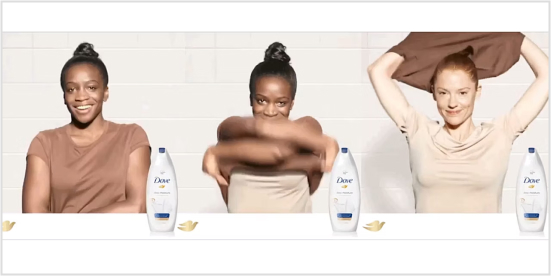
Dove’s response to the crisis was swift and decisive. The brand removed the ad and issued a public apology, expressing regret for the offense caused and acknowledging its failure to represent women of color thoughtfully.
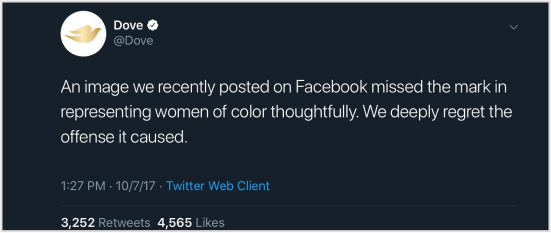
Despite these efforts, the crisis had lasting repercussions for Dove’s reputation. The incident underscored the importance of cultural sensitivity in advertising and highlighted the need for thorough vetting and testing of campaigns.
KFC chicken shortage
In 2018, KFC encountered a major social media crisis when it faced a chicken shortage due to delivery disruptions. The shortage led to temporary store closures, leaving many customers disappointed and frustrated.

KFC’s response to the crisis was notable for its transparency and authenticity. The brand acknowledged the issue openly, using humor and honesty to address the situation.
KFC shared an ad with a clever play on its name—”FCK”—which provided a transparent explanation of the shortage and guided customers to a website page showing which stores were open and had supplies.
Additionally, KFC actively engaged with customers on social media, promptly and empathetically responding to inquiries and complaints.
Gillette’s toxic masculinity ad backlash
In 2019, Gillette faced a significant social media crisis following the release of an ad campaign targeting toxic masculinity. The ad, which challenged traditional notions of masculinity and called for men to hold each other accountable for their actions, sparked controversy and backlash from some consumers who felt it stereotyped men and was overly political.

Gillette’s response to the crisis was measured but divisive. The company stood by the ad’s message but acknowledged the concerns raised by some viewers.
They aimed for constructive dialogue on the topic of toxic masculinity. Still, they faced mixed reviews, some praising the ad’s intent while others questioning Gillette’s sincerity and commitment to social issues.
Ultimately, the Gillette ad backlash highlighted the complexities of navigating social issues in advertising and the importance of understanding and engaging with diverse audience perspectives.
It underscored the risks and rewards of taking a stance on controversial topics on social media platforms, demonstrating the need for brands to carefully consider the potential impact of their messaging on their audience.
H&M “Coolest Monkey in the Jungle” ad
H&M faced a crisis due to an ad featuring a black child wearing a hoodie with the text “Coolest Monkey in the Jungle.” The ad was widely condemned as racially insensitive, with many viewers expressing outrage over the choice of wording and its implications.

H&M’s response to the crisis was swift and decisive. The company immediately removed the ad and issued a public apology, expressing regret for any offense caused and acknowledging the need to review its marketing practices to prevent similar incidents in the future.
Additionally, H&M engaged in proactive outreach to affected communities, seeking feedback and input on addressing the situation and ensuring greater cultural sensitivity in their advertising campaigns.

Pepsi Kendall Jenner ad backlash
In 2017, a Pepsi ad featured model Kendall Jenner. The ad depicted Jenner handing a Pepsi to a police officer during a protest, seemingly resolving tensions and trivializing the Black Lives Matter movement.
The ad sparked immediate backlash for its tone-deaf portrayal of social justice issues and was widely criticized for trivializing the real struggles faced by marginalized communities.

Pepsi’s response to the crisis was swift but initially inadequate. The company pulled the ad and issued a statement apologizing for any offense caused, acknowledging that they had missed the mark. However, the apology was met with skepticism, and Pepsi faced continued scrutiny for its insensitivity.

Key takeaway
Handling a social media crisis requires prompt and strategic action to safeguard your brand’s reputation. Content creators facing such challenges must learn from past examples and understand crisis management principles. ContentStudio offers valuable tools and resources to help content creators manage social media crises effectively.
With real-time monitoring and planning, ContentStudio empowers creators to respond quickly and transparently, engage authentically with their audience, and learn from the experience to improve future crisis management strategies.
With these capabilities, content creators can mitigate the impact of crises and maintain trust and credibility with their audience.
FAQs
What is an example of a social media crisis?
An example of a social media crisis is the United Airlines passenger removal incident in 2017. A video of a passenger being forcibly removed from an overbooked flight went viral, sparking widespread outrage and damaging the airline’s reputation.
How do you spot a social media crisis?
You can spot a social media crisis by monitoring sudden spikes in negative mentions or sentiment surrounding your brand, as well as observing widespread backlash or outrage from your audience. Paying attention to trending hashtags, customer complaints, and media coverage can also help identify potential crises early on.
How do we overcome the social media crisis?
Overcoming a social media crisis involves responding promptly and transparently, issuing sincere apologies, and taking corrective actions to address the underlying issues. Engaging with your audience authentically, listening to their concerns, and demonstrating empathy can help rebuild trust and mitigate the impact of the crisis on your brand reputation.
Recommended for you

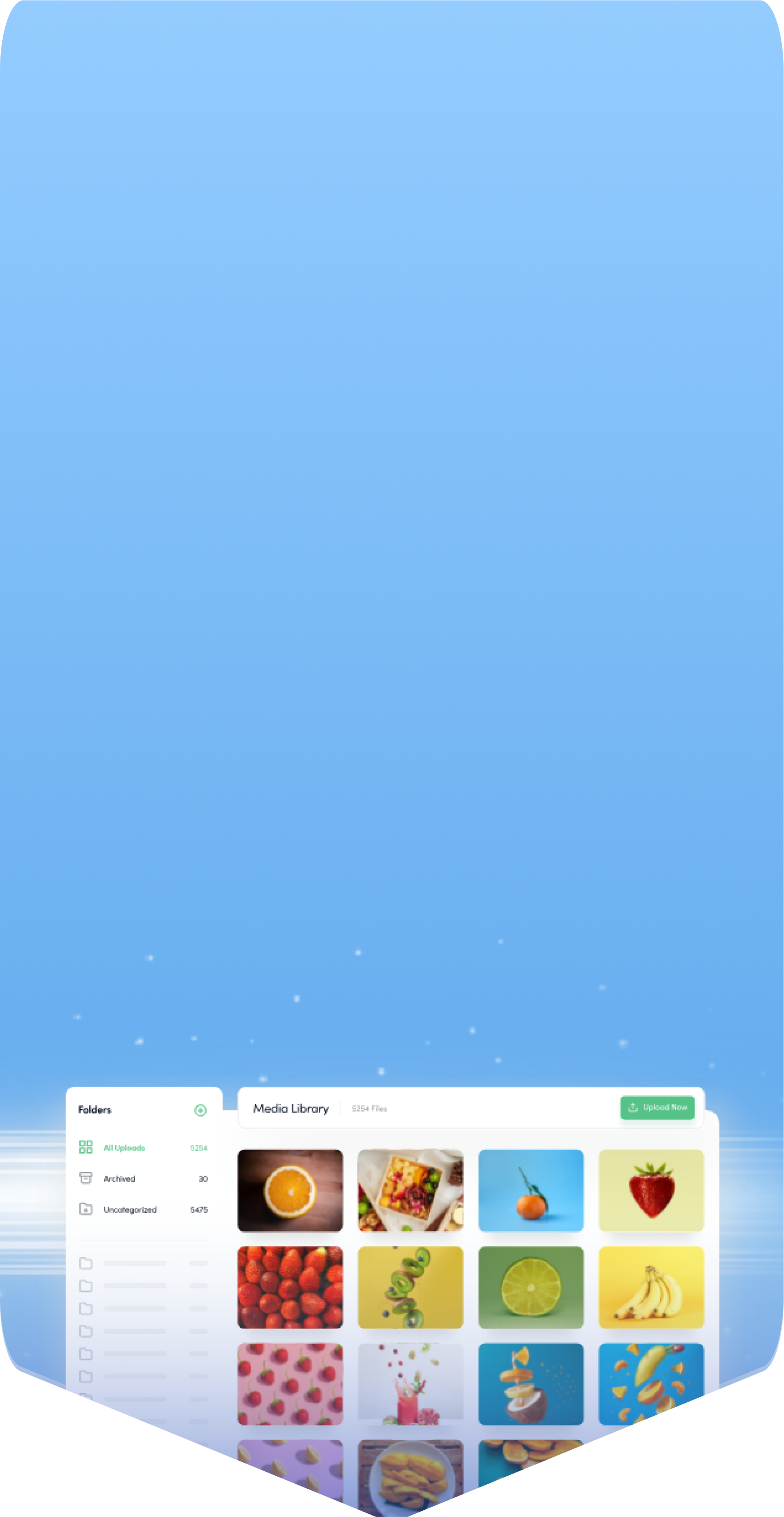
Powerful social media management software
14-day free trial - No credit card required.
